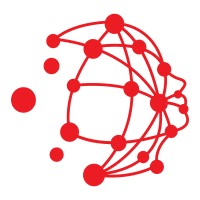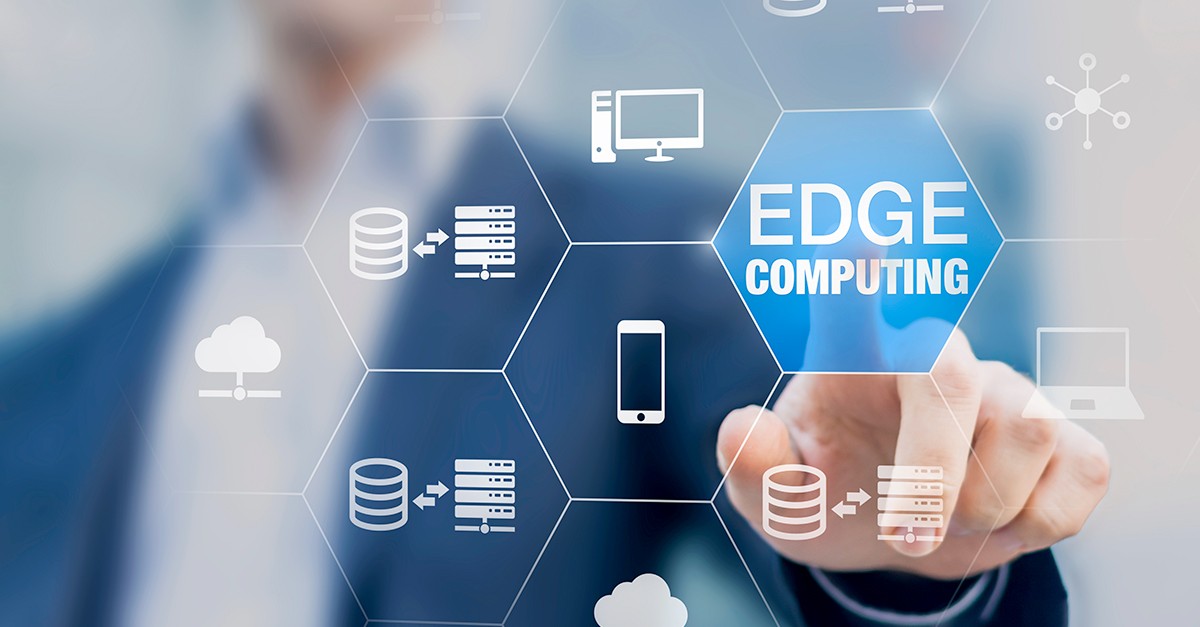Edge Computing and Mobile Apps: Redefining Speed and Efficiency
 TechnBrains
TechnBrains
In the dynamic realm of technology, the fusion of edge computing and mobile apps marks a paradigm shift, offering a transformative experience that transcends traditional boundaries. This powerful amalgamation is not merely a trend; it's a revolutionary force reshaping the landscape of mobile application development, emphasizing speed, efficiency, and overall performance.
Unveiling the Essence of Edge Computing
Definition of Edge Computing
Edge computing is a groundbreaking paradigm in computing architecture that brings data processing and storage closer to the point of data generation. In contrast to conventional cloud computing, which relies on centralized data centres, edge computing strategically positions computing resources at the "edge" of the network, enabling localized data processing.
Significance in Mobile App Development
For mobile app development, where real-time responsiveness and enhanced user experiences are non-negotiable, edge computing emerges as a pivotal player. It optimizes the handling of data, presenting a more efficient and instantaneous interaction for users, irrespective of geographical constraints.
Navigating the Intricacies of Edge Computing
Basics of Edge Computing
Delving deeper, the fundamentals of edge computing involve the decentralized processing of data near its origin, minimizing the reliance on remote data centres. Micro-data centres strategically positioned at the edge of the network empower devices with computational capabilities, thereby reducing latency and enhancing overall performance.
How It Differs from Cloud Computing
In a comparative analysis with cloud computing, edge computing stands out by processing data locally, negating the need for data to traverse long distances to centralized servers. This not only accelerates processing speeds but also mitigates potential latency issues associated with cloud-centric architectures.
Benefits Galore for Mobile App Development
Speed and Low Latency
One of the standout advantages of edge computing in mobile app development is the unparalleled speed it brings to data processing. By minimizing the physical distance data must travel, edge computing drastically reduces latency, ensuring users experience near-instantaneous responses.
Improved User Experience
Edge computing elevates the user experience by ensuring that data-intensive operations are executed swiftly on the device or at the network edge. This results in applications that respond promptly, offer seamless interactions and deliver content without frustrating delays.
Challenges in Implementing Edge Computing
Infrastructure and Cost Considerations
Implementing edge computing comes with challenges, including the need for robust infrastructure and potential cost implications. Establishing a network of edge devices requires careful planning and investment.
Security and Privacy Concerns
As data processing becomes distributed, addressing security and privacy concerns becomes paramount. Ensuring that edge devices are secure and compliant with privacy regulations is a critical aspect of successful implementation.
The Path Forward: Key Considerations
Customization and Adaptability
Edge computing thrives on customization and adaptability. Developers must tailor applications to leverage the benefits of edge computing while remaining adaptable to the diverse array of devices and networks.
Integration with 5G Technology
The synergy between edge computing and 5G technology is a potent combination. The integration of these technologies promises to unlock new possibilities for mobile app developers, providing unprecedented speed and connectivity.
Conclusion
In conclusion, the fusion of edge computing and mobile apps represents a revolutionary leap in the world of technology. The benefits in terms of speed, efficiency, and user experience are undeniable. As mobile app developers embrace the potential of edge computing, we are poised to witness an era of applications that redefine the boundaries of what is possible.
FAQs
1. How does edge computing enhance the speed of mobile applications? Edge
computing reduces latency by processing data locally, minimizing the physical distance data must travel, resulting in faster response times.
2. What are the challenges associated with implementing edge computing in mobile app development?
Infrastructure considerations and potential cost implications, along with security and privacy concerns, pose challenges to the successful implementation of edge computing.
3. Can edge computing be integrated with existing mobile app architectures?
Yes, edge computing can be integrated into existing architectures with careful customization and adaptation to leverage its benefits effectively.
4. What role does 5G technology play in the synergy with edge computing?
The integration of edge computing with 5G technology enhances speed and connectivity, unlocking new possibilities for mobile app development.
5. How does edge computing contribute to a superior user experience in mobile apps?
Edge computing ensures data-intensive operations are executed swiftly, leading to prompt responses, seamless interactions, and an overall improved user experience.
Subscribe to my newsletter
Read articles from TechnBrains directly inside your inbox. Subscribe to the newsletter, and don't miss out.
Written by

TechnBrains
TechnBrains
TechnBrains is a Custom Software Development and Mobile Application development company based in Texas building high-quality mobile apps for IOS and Android and responsive web designs for driving success